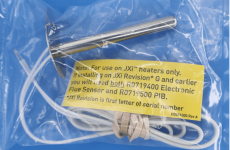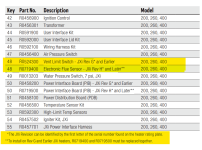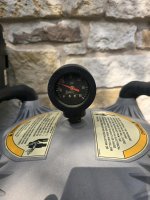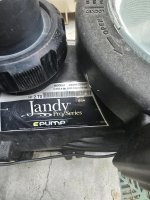My spa was working fine one evening, the next is would not heat. I checked and the display showed Fault High Flue Temp and does not turn on at all. I've removed the cover to inspect and do not see any indications of leaking around or on the heat exchanger combustion chamber. I also removed the ignitor and inserted a borescope to inspect. Did notice some light scaling but no significant build up (compared to what I've seen in other post online) and no water appeared to be in the tub. (not the best still picture)

I'm not seeing any water leaking at manifold either. I plan on replacing the Flue Sensor but do plan on performing a couple of items prior to doing so.
TIA for any thoughts/suggestions/feedback?

I'm not seeing any water leaking at manifold either. I plan on replacing the Flue Sensor but do plan on performing a couple of items prior to doing so.
- Remove Exhaust Elbow Assembly in an attempt to gain better visibility and possibly vacuum out what I can from the combustion chamber/tub.
- Inspect/clean Exhaust Elbow Assembly.
- If I wanted to fully inspect and clean the combustion chamber, is it as simple as
- Turning off gas and power
- Disconnecting gas line (coupler)
- Remove lid by unscrewing band clamp (or if needed removing Exhaust Elbow Assembly, Ignitor and Blower Assembly/burner) and then have access to chamber/tub?
TIA for any thoughts/suggestions/feedback?
Last edited:

















